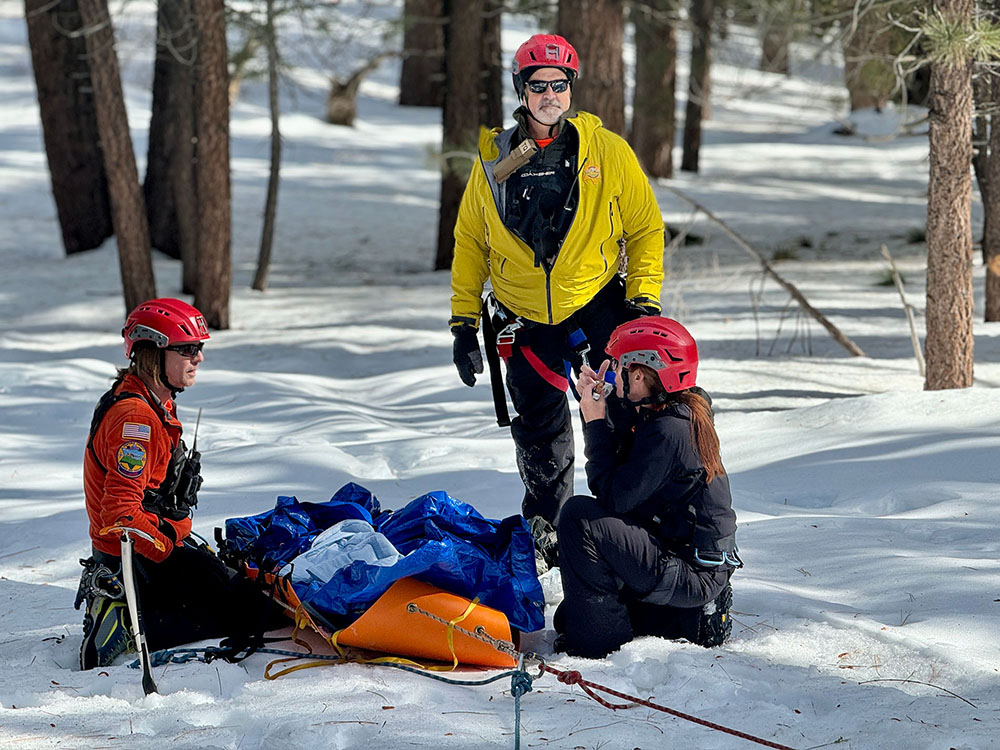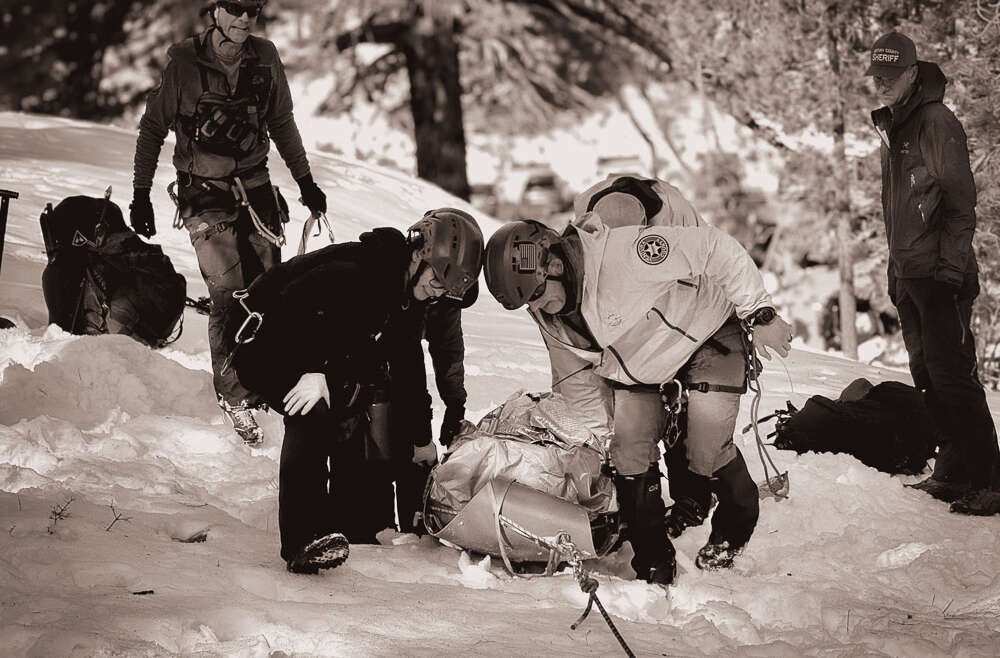Search and rescue operations often involve a variety of medical techniques tailored to the environment and the condition of the individuals being rescued. These techniques are adapted based on the specific rescue environment, whether it’s urban search and rescue after an earthquake, wilderness rescue, or maritime operations. Training in these areas is crucial for SAR teams, often provided through courses like those by FEMA, NASAR, or local emergency services, which emphasize both the technical skills and the safety of both rescuers and victims.
Triage
Primary Assessment. Upon locating victims, rescuers perform a rapid assessment to prioritize care based on the severity of injuries. This includes checking for immediate life-threatening conditions like airway obstruction, severe bleeding, or shock.
Secondary Assessment. A more thorough examination follows to identify less urgent injuries or conditions, helping to manage resources effectively in multi-casualty incidents.
Initial Medical Stabilization
If there’s an airway obstruction, techniques like jaw-thrust maneuver or use of basic airway adjuncts (e.g., oropharyngeal airways) are applied. In more severe cases, advanced airway management like endotracheal intubation might be necessary, usually performed by paramedics or doctors on scene.
Immediate application of pressure, use of tourniquets, or hemostatic dressings for severe bleeding to prevent shock.
For fractures or suspected fractures, splints are used to immobilize limbs, reducing pain and preventing further injury during transport.
Extrication and Victim Removal
Techniques like lifting, cribbing (stabilizing collapsed structures), and careful movement are used to safely remove trapped victims. This often involves creating a safe path out of debris or using specialized equipment for extraction from confined spaces.
Victims are secured on backboards or in rescue litters with attention to spinal precautions if there’s a risk of spinal injury, ensuring safe transport to medical facilities.
Immediate Medical Treatment
Pain relief might be administered, depending on the medical team’s capabilities and the situation’s urgency.
Administering IV fluids or medications to stabilize blood pressure, especially for hypovolemic shock from blood loss or dehydration.
Immediate cooling of burns, covering with sterile dressings, and providing necessary medical care to prevent infection and manage pain.
Advanced Medical Techniques for Prolonged Rescue
In scenarios where rescue might take longer, ALS techniques like advanced airway management, cardiac monitoring, and drug administration might be employed by more highly trained medical personnel. Providing supplemental oxygen can be crucial, especially for victims of smoke inhalation or those at high altitudes.
Psychological First Aid
Addressing psychological trauma with techniques to calm and reassure victims, manage acute stress reactions, and provide emotional support. This is especially important in prolonged or traumatic rescue scenarios.
From basic lifesaving to eMTs, SAR members acquire and develop medical skills.
Medical Training and Experience
All members are certified in at least basic lifesaving skills, but many are also EMTs. We also have a registered nurse and a former Navy medic, and we coordinate with Air Unit physicians and other health care professionals.
Regular Medical Education
In addition to required certifications and training, the team benefits from regular classroom and wilderness instruction on dealing with the many varieties of wilderness injuries and maladies.


